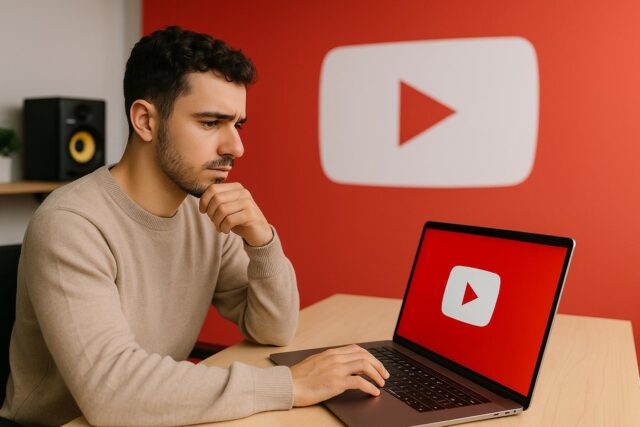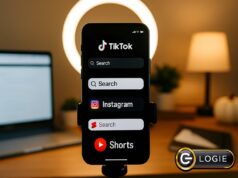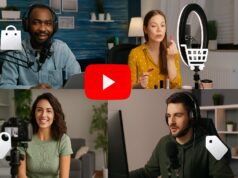If you’re monetizing content through the YouTube Partner Program (YPP), a key update that takes effect on July 15, 2025, could affect how your channel earns.
YouTube has revised how it defines “original and authentic” content, signaling a tougher stance on mass-produced, repetitive, and low-effort videos. While these expectations aren’t new, the platform now aims to more clearly identify and restrict monetization for content it deems “inauthentic.”
This change comes at a time when many creators are exploring AI tools and automation to scale content. YouTube’s updated guidelines suggest that not all forms of automation will be treated equally.
By the way, if you want to stay connected and know everything about social commerce and never miss a beat, join Logie today! Click here
Content that lacks distinct value or feels templated may now face demonetization. If your workflow includes faceless videos, repeated formats, or AI-generated scripts, it’s worth reviewing your approach to ensure it aligns with current standards.
What’s New in July 2025?
- Removal of “Bare Skin (Image Only)” Ad Category
As of July 15, YouTube will discontinue the “Bare Skin (Image Only)” ad sensitivity setting in YouTube Studio. Suppose your channel relied on this category to block certain ads. In that case, you’ll need to update your preferences by August 15, 2025, as any existing blocks under this category will no longer apply after that date.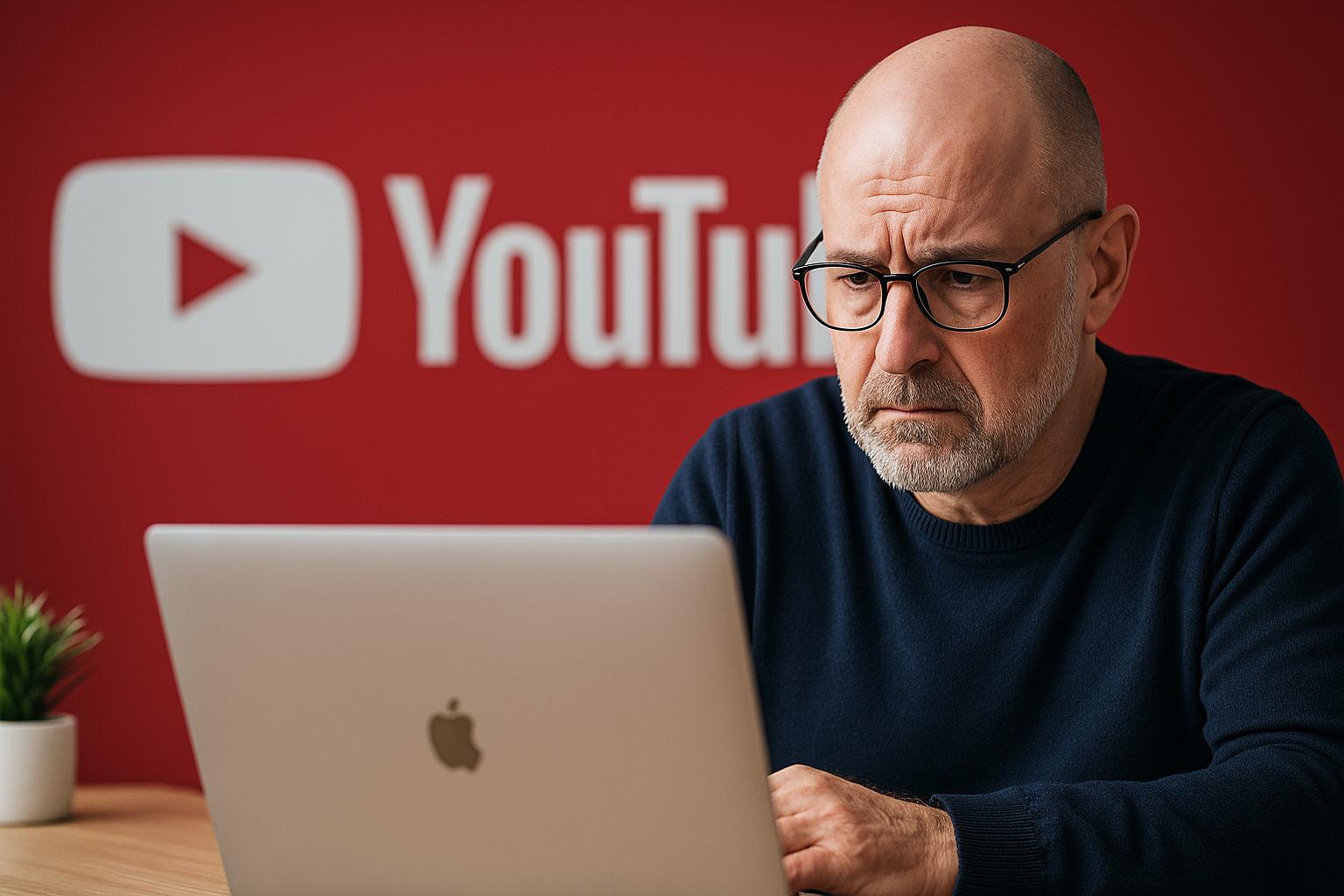
To retain control over which ads appear on your videos, YouTube recommends using broader or more specific categories such as “Reference to Sex.” This update affects creators who carefully manage brand alignment and ad suitability, especially in content related to lifestyle, fashion, fitness, or beauty.
2. Stricter Monetization Policy for “Inauthentic” Content
Additionally, on July 15, YouTube will update its monetization policy to better detect content that appears repetitive, mass-produced, or minimally transformed. This includes videos created using auto-generated voiceovers, stock visuals, or templated editing without meaningful commentary or storytelling.
The platform clarified that these changes are intended to uphold long-standing standards rather than introduce new ones. However, enforcement is expected to increase, especially as YouTube develops better tools for spotting content that lacks original input.
Creators using automation or AI are not automatically disqualified; what matters is whether the content adds unique value or insight. The focus is on discouraging channels that scale with minimal human effort or rely heavily on low-context repetition.
Why
These changes follow a broader trend across YouTube: an increased emphasis on content quality, creator input, and originality. With more creators turning to automation and AI tools, YouTube is drawing a line between helpful efficiency and overused, low-value formats.
For creators producing faceless videos, commentary-free content, or stock-heavy compilations, the risk of demonetization may be higher.
On the other hand, content that incorporates analysis, storytelling, or unique presentation is more likely to remain compliant and monetizable under these updated standards.
Where This Is Headed
Several earlier updates in 2025 offer additional context for this shift:
- Shorts Promotion Tools: The launch of the “Promote Shorts” feed showed that visibility favors content with originality. Despite easier access to promotion features, creators relying on generic or repetitive content reported limited performance gains.
- Player for Education Enhancements: YouTube redesigned its educational player to support structured learning, signaling an intent to prioritize content with depth, clarity, and purpose, beyond watch time.
- View Count Adjustments on Shorts: YouTube also tweaked how Shorts views are measured, filtering out low-engagement or bot-like interactions. This reinforces the idea that superficial metrics no longer guarantee success or monetization.
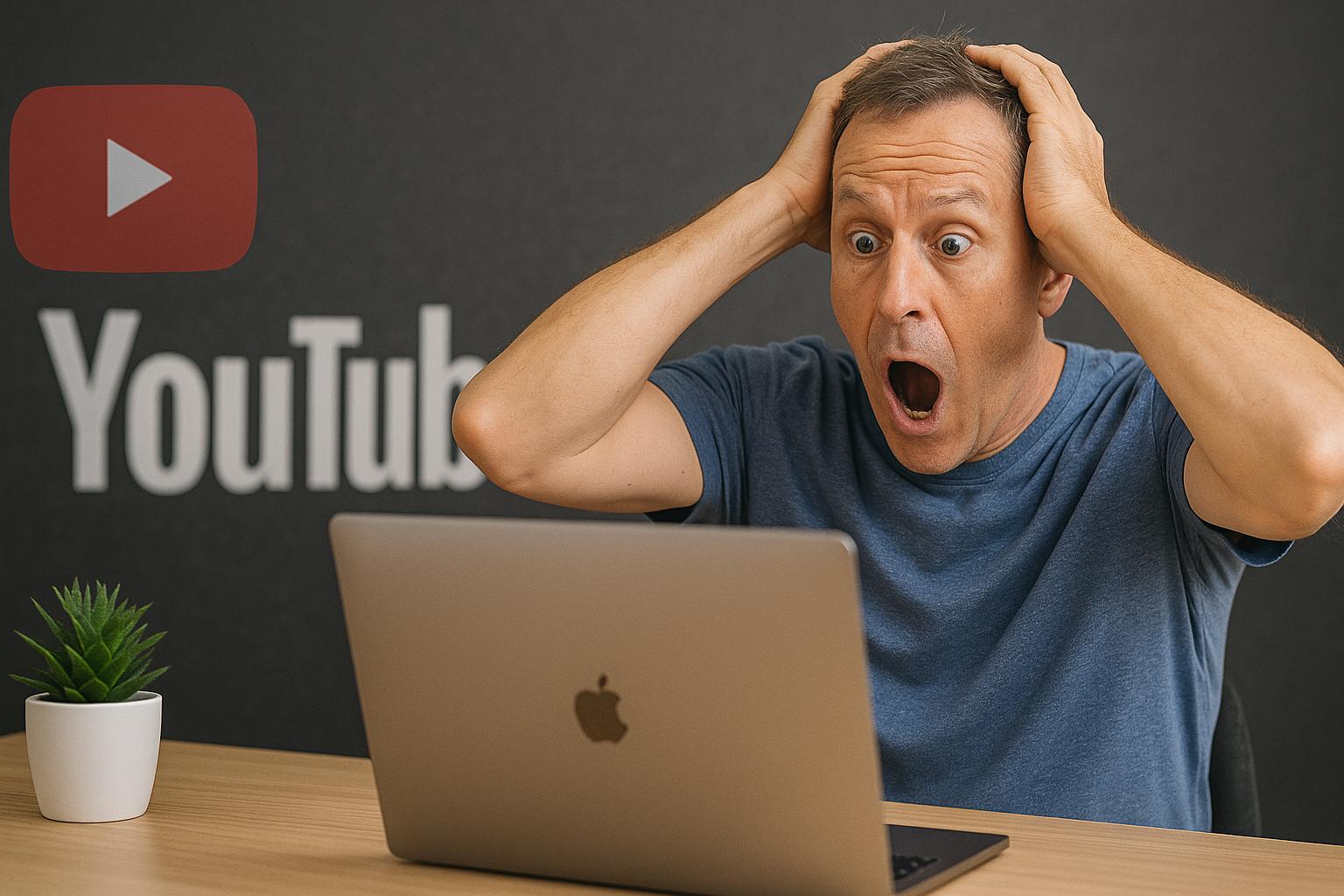
Each of these changes suggests a consistent trend: platforms are increasingly valuing substance over scale and rewarding content that demonstrates thought, intent, or creativity.
What You Should Do Now
To protect your monetization and stay aligned with current policy:
- Update Your Ad Settings
If you were blocking “Bare Skin (Image Only),” switch to another category like “Reference to Sex” before August 15, 2025, to maintain control over ad placement.
- Audit Your Content Library
Review existing videos, especially those that rely heavily on automation or templated formats. Ask whether each piece adds something unique, commentary, visuals, or insight.
- Personalize Your Workflow
Automation can be useful, but make sure your voice is part of the process layer in your story, context, or perspective to avoid being flagged as inauthentic.
- Stay Informed
YouTube’s guidelines evolve frequently. Schedule regular check-ins to monitor policy changes and adjust your approach as needed.
Conclusion
While these changes may raise concerns for some creators, they also offer clarity on where the platform is headed. YouTube is putting greater weight on originality and value-added content, particularly as tools like AI make it easier to generate videos at scale.
Whether or not these updates will affect your specific channel depends on how you create. If your content reflects your voice, adds insight, or tells a story even without showing your face, you’re more likely to stay on solid ground.
As always, these changes should be viewed not as roadblocks, but as reminders to remain intentional and adaptive in a space that’s constantly evolving.


